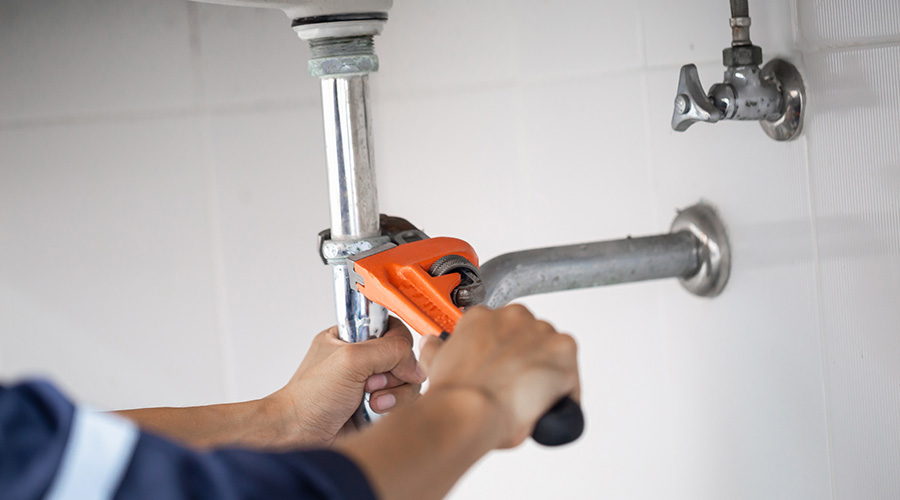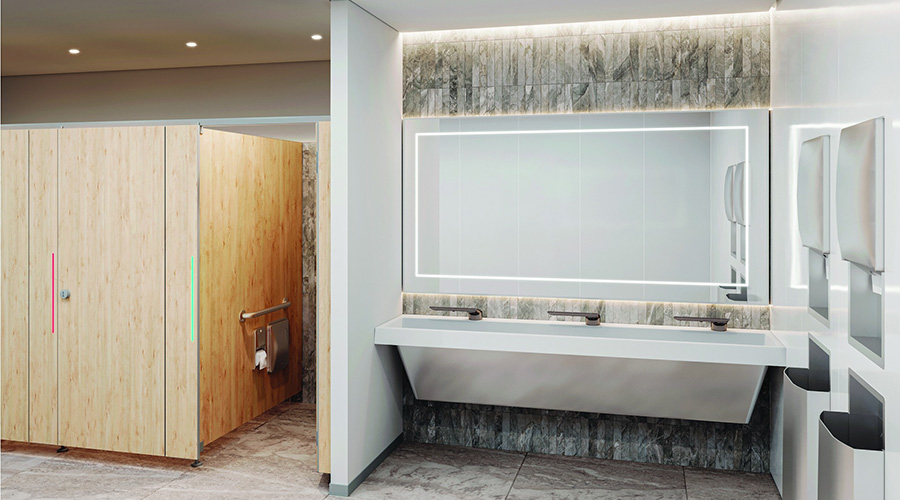Trends to Look Out for in Plumbing Projects
To ensure savings from a plumbing retrofit project, managers need to pay attention to issues beyond swapping out fixtures in an effort to reduce water flow.
"The most challenging aspect of a retrofit is figuring out what to do with the fixtures," Scelsi says. "If you change out the fixtures, the urinals, the toilets, it really allows you to go ahead and install new valve technology that reduces the flow of water from 3.5 gallons per flush to 1.28 gallons. That, in turn, is going to give you water savings and cost savings month over month.
"Ideally, it would be nice just to change out the flush valve, but a lot of the older bowls that were installed 15-20 years ago simply won't evacuate the bowls if you put on a lower-flowing valve."
One trend managers can expect to see more of is manufacturers offering a range of related products beyond just the fixture.
"More and more manufacturers are offering a full complementary package in addition to manufacturing the fixture itself," Gilmore says. "There is an opportunity for improved performance by utilizing a fixture and faucet or flush valve package designed together. There's a fine line between efficiency and building performance."
Managers also have to pay close attention to ensure low-flow fixtures produce a large enough water flow to effectively push waste through drain lines, especially in plumbing systems with long horizontal carries. Manufacturers say managers too often take on low-flow upgrades only to lose the savings by having to clean drain lines due to blockages caused by low-flow fixtures.
"It's important to evaluate a facility before doing major plumbing renovations and choose plumbing that will meet performance expectations," Connaughton says. "Saving water with retrofits is great, but you do have to make sure that it's done with the right plumbing for the job."
No matter the challenges managers face, manufacturers recommend that managers proceed carefully during the planning and specification processes to find the most appropriate manufacturer and fixtures that best suits the department's needs before embarking on the project.
"Do considerable research before choosing what type of flush valve, faucet and related fixtures to use," says Leo Maercovich of Advanced Modern Technologies Corp. "Communicate with other facility managers, and ask questions about their experiences with the different technologies available. Research those technologies and communicate concerns with product manufacturers. Don't look at achieving energy savings at the expense of increasing maintenance costs when there are products in the market that provide you with the best of both worlds."
Related Topics:














